Summary
Dudhsagar Falls, meaning “Sea of Milk”, is one of India’s tallest waterfalls at 310 meters, located on the Mandovi River in Goa. Surrounded by the Western Ghats’ forests, it holds mythological, ecological, and colonial significance. A top tourist attraction, it’s protected for sustainable tourism and biodiversity conservation.
Location
Dudhsagar Waterfalls, within Bhagwan Mahaveer Sanctuary, Near Collem (Kulem) Railway Station, Sonaulim Village, Sanguem Taluka, South Goa District, Goa 403410
⬇️Tap on “View larger map” to get Direction
Full Story
Dudhsagar Falls (literally “Sea of Milk”) is one of India’s tallest and most spectacular waterfalls, located on the Mandovi River in the Western Ghats, at the border of Goa and Karnataka. With a height of 310 meters (1,017 feet) and a four-tiered cascade, it is a major natural attraction, surrounded by dense forests and rich biodiversity. The falls are situated within the Bhagwan Mahaveer Sanctuary and Mollem National Park in South Goa, near Collem (Kulem) railway station.
1. Origin & Geological Formation
Formed by: The Mandovi River, which originates in the Bhimgad region of Karnataka, flows westward into Goa, and eventually merges into the Arabian Sea.
Geological significance: The falls are located in a part of the Deccan Plateau, known for its basalt rock formations, a result of volcanic activity during the Cretaceous-Eocene period. These hard volcanic rocks contribute to the waterfall’s steep and dramatic drop.
Name origin: The milky white appearance of the cascading water gives it the name Dudhsagar, which translates to “Sea of Milk” in Hindi and Konkani.
2. Mythological & Cultural Significance
Hindu Legend: According to folklore, a princess once bathed in a lake at the top of the falls. One day, while she was drinking milk from a golden jug, she was observed by a passing prince. To shield herself, she poured the milk into the water, creating a milky curtain that flowed down — forming what we now call Dudhsagar Falls.
Connection to Mahabharata (Local Belief): Some local traditions claim that the Pandavas took refuge in the nearby forests during their exile, adding to the area’s spiritual legacy.
3. Colonial History & Portuguese Influence
While the Portuguese colonized Goa from the early 16th century, there is no direct documented record of their involvement with the falls themselves.
The railway bridge and tunnel near the falls were built by the British in 1887, as part of the Mormugao Railway under the South Western Railway Zone.
The railway served to transport iron ore from the mines of Karnataka to the Mormugao Port in Goa.
These colonial-era rail bridges and tunnels, which pass right in front of the falls, remain engineering marvels and are still operational.
4. Ecological & Wildlife Importance
Protected Area: Dudhsagar Falls is located within the Bhagwan Mahaveer Sanctuary and Mollem National Park, part of the Western Ghats, which is a UNESCO World Heritage Site.
Flora & Fauna: Home to species like the Bengal tiger, Indian gaur, black panther, sambar deer, king cobra, and Malabar giant squirrel.
The area is also rich in butterflies, birds (including hornbills), and rare orchids and medicinal plants.
It plays a vital role in maintaining the ecological balance of Goa’s forest region.
5. Tourism & Development Over the Years
Early 20th Century: Dudhsagar was primarily accessible only by trekking or via forest paths, known mostly to locals and adventurers.
Post-1961 (Goa’s Liberation): As infrastructure developed, it became increasingly popular with tourists and pilgrims.
2000s Onward: Featured in the Bollywood movie “Chennai Express” (2013), which showcased the falls dramatically, significantly increasing national and international attention.
Current Access: Managed by the Goa Forest Department. Visitors can reach the falls by:
Jeep safari through the forest (from Collem)
Train viewing via the Braganza Ghats railway route
Trekking routes (seasonal and subject to forest department regulations)
6. Challenges & Conservation Efforts
Conclusion
Dudhsagar Falls stands as a remarkable blend of natural beauty, cultural legends, colonial history, and ecological importance. From ancient tales of princesses and exiled heroes to modern railway engineering and biodiversity conservation, the falls continue to be a source of wonder and pride. As its popularity grows, sustainable tourism and conservation efforts are essential to protect this iconic treasure for future generations.
Things to Do at Dudhsagar Falls :
1. Jeep Safari Adventure (from Collem)
2. Trekking to Dudhsagar
Multiple forest routes from Castle Rock (Karnataka) or Kulem (Goa).
Ideal for adventure lovers (with forest permission).
Best done during post-monsoon (Oct–Feb) for safer trails.
3. Photography & Sightseeing
Iconic shots of the railway bridge passing over the falls.
Great for landscape, wildlife, and nature photography — especially during sunrise hours.
4. Birdwatching & Wildlife Spotting
Located within Bhagwan Mahaveer Sanctuary.
Chance to spot hornbills, kingfishers, butterflies, and monkeys.
Rare sightings of black panther, Bengal tiger, and gaur reported.
5. Explore Bhagwan Mahaveer Sanctuary
Nature trails, spice plantations, and forest exploration.
Rich in endemic flora, medicinal herbs, and orchids.
6. Dip in the Natural Pool
7. Railway Bridge Viewing
8. Overnight Camping (Limited/Seasonal)
Travel Tips :
1. Visit Early in the Day
Arrive at Collem by 7:00–8:00 AM to get jeep safari slots before they fill up.
Early morning offers cooler weather, fewer crowds, and better lighting for photos.
2. Use Only Authorized Jeeps
3. Dress for a Forest Adventure
Wear comfortable walking shoes or sandals with grip.
Light, breathable clothes with full sleeves (to protect from insects).
4. Carry Essentials
Water bottles, sunscreen, sunglasses, cap, and a raincoat during monsoon.
Snacks allowed but no plastic littering (Forest Dept tags plastic bottles).
5. Photography Tips
Carry waterproof cases for cameras or phones (especially during jeep safari).
Best photos during monsoon or early winter, especially with the railway bridge.
6. Safety First
7. Plan Your Trip Midweek
8. Network and Facilities
How to Reach :
By Air (Nearest Airport):
| Airport | Distance to Dudhsagar Falls | Details |
|---|
| Goa International Airport (Dabolim) | ~70 km | Most convenient; 1.5 to 2.5 hrs drive to Collem |
| Manohar Parrikar Airport (Mopa) | ~100 km | Take a taxi via NH748; 3–3.5 hrs travel time |
From the airport, hire a taxi to Collem or Kulem, the jeep safari starting point.
By Train (Nearest Stations):
| Station Name | Distance | Details |
|---|
| Kulem (QLM) | ~6 km | Closest station; connect by auto/taxi to Collem gate |
| Castle Rock (CLR) | ~14 km | Best for treks; located in Karnataka |
| Madgaon (Margao) | ~40 km | Major station; taxis available to Collem |
Trains like Vasco–Howrah Express pass through Dudhsagar station, but it has no public access.
By Road:
From Panaji (approx. 70 km): Take NH748 to Collem via Ponda and Mollem.
From Margao (approx. 40 km): Drive via NH66 and NH748.
From Belagavi/Karnataka: Reach via Anmod Ghat and Mollem.
Roads are motorable year-round, but 4-wheel drives are needed inside the forest.
By Local Transport:
| Option | Details |
|---|
| Bus | Govt and private buses to Ponda or Mollem, then hire a local taxi/auto |
| Taxi/Auto-rickshaw | Available from Kulem, Ponda, Mollem, or Madgaon |
| Rental Bikes/Cars | From Panaji, Margao, or Vasco for flexible travel |
Tip:
The final access to the waterfall is only through government jeeps from Collem — private vehicles aren’t allowed inside the forest.
1. Minimum Traveling Budget
This budget is ideal for backpackers or solo travelers who prioritize essentials.
| Category | Cost (INR) | Details |
|---|
| Local Bus Fare / Bike Fuel | ₹100–₹200 | Bus from Panaji/Margao to Collem, or fuel for rental bike |
| Forest Entry Fee | ₹100 | Mandatory for all visitors |
| Shared Jeep Safari | ₹450–₹500 | Shared cost (₹3,200 per jeep / 6–7 persons) |
| Life Jacket | ₹50 | Required for swimming at the base pool |
| Basic Food/Snacks | ₹100–₹150 | Light meals/snacks in Collem village or packed food |
| Misc. (Water, Camera Fee, etc.) | ₹50–₹100 | Includes still camera, water bottles, etc. |
Total Minimum Budget per Person/Day : ₹850–₹1,100
Tips to Save More
Travel in a group to split jeep costs.
Use public transport (buses to Collem or Kulem).
Carry your own snacks/water to avoid buying at higher prices.
Avoid camera/video fees if not needed.
2. Medium Traveling Budget
Ideal for couples, families, or comfortable solo travelers seeking balanced comfort and convenience.
| Category | Estimated Cost (INR) | Details |
|---|
| Private Taxi/Rental Car (shared) | ₹600–₹800 | Split between 2–4 people from Panaji/Margao to Collem |
| Forest Entry Fee | ₹100 | As fixed by Forest Department |
| Jeep Safari (shared) | ₹450–₹550 | Shared jeep from Collem (total jeep ₹3,200/7 people) |
| Life Jacket | ₹50 | Mandatory for water safety |
| Meals (Breakfast + Lunch) | ₹200–₹300 | Mid-range restaurant or food stalls near Collem |
| Camera Fee (optional) | ₹50–₹150 | For DSLR or mobile photography (if applicable) |
| Guide Fee (optional) | ₹200 | For guided trek/nature info (split among group) |
| Snacks/Extras | ₹100 | Water, tea, cold drinks, souvenirs, etc. |
Total Medium Budget per Person/ Day: ₹1,750–₹2,100
Extras You Can Include:
A guided jungle trek (Kulem–Dudhsagar route).
Better meals or packed lunch from a hotel.
Use of a private cab instead of sharing transport.
3. Large Traveling Budget
Perfect for Luxury Experience who prefer high-end accommodations, private transport, and fine dining.
| Category | Estimated Cost (INR) | Details |
|---|
| Private AC Taxi (Solo or Couple) | ₹2,000–₹2,500 | Round trip from Panaji/Margao/Vasco to Collem with personal driver |
| Forest Entry Fee | ₹100 | Fixed per person |
| Private Jeep Safari (Full Jeep) | ₹3,200 | No sharing; complete jeep reserved for private use |
| Life Jacket | ₹50 | Compulsory if swimming is allowed |
| Meals at Premium Restaurant | ₹400–₹600 | Quality lunch + snacks at well-rated outlets in Collem or nearby |
| Camera/Video Equipment Fee | ₹150 | If using DSLR, drone, or video recording devices |
| Private Forest/Nature Guide | ₹300–₹500 | Personalized experience, local stories, and safer trail help |
| Extra Expenses (souvenirs, drinks, tips) | ₹200–₹300 | Flexible buffer for comfort & convenience |
Total Large Budget per Person: ₹6,000–₹7,000
(Price can be shared if you’re traveling in a pair or group — the cost per head drops accordingly.)
Extras You May Enjoy
Stay at a resort or eco-lodge near Collem for a two-day retreat.
Combine with a visit to Tambdi Surla Temple or a spice plantation tour.
Add professional photography or guided nature tours.




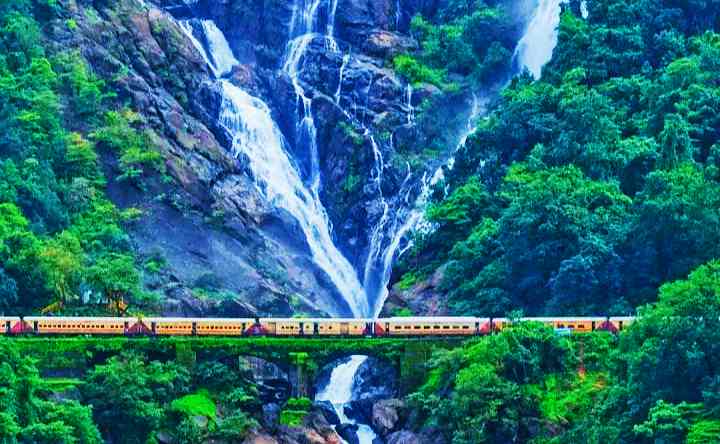


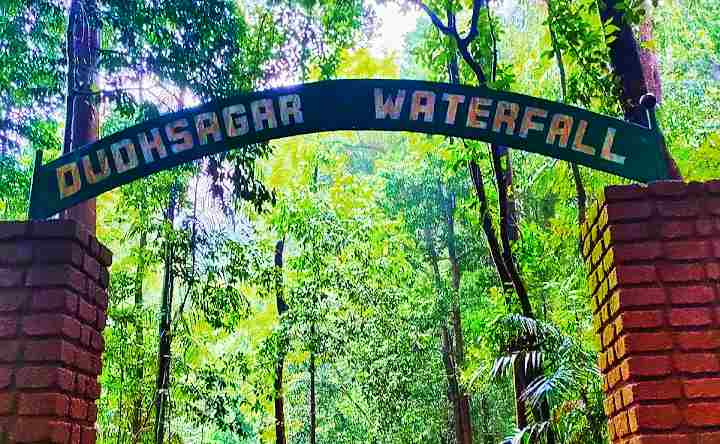


















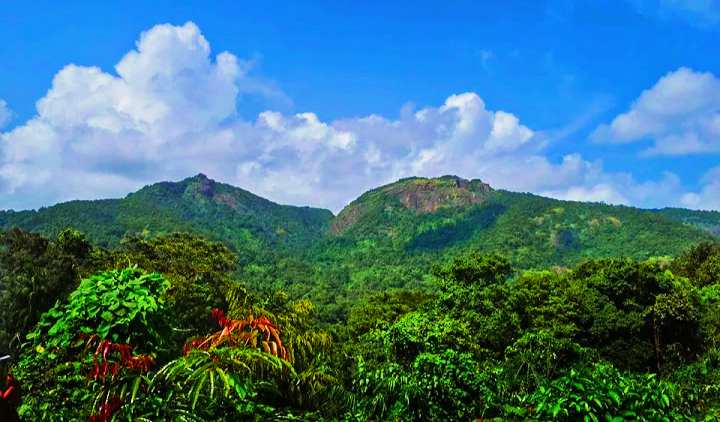
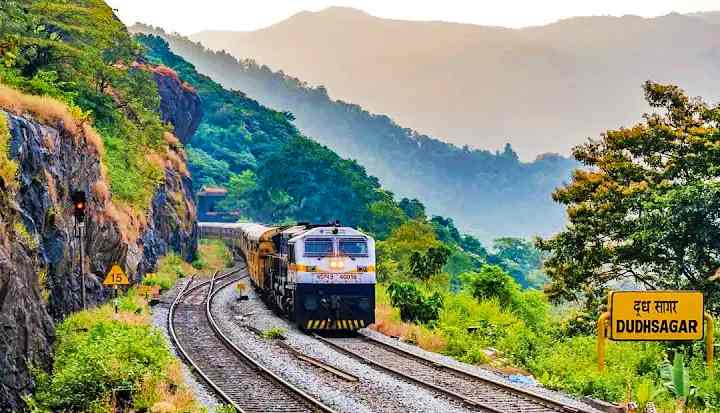




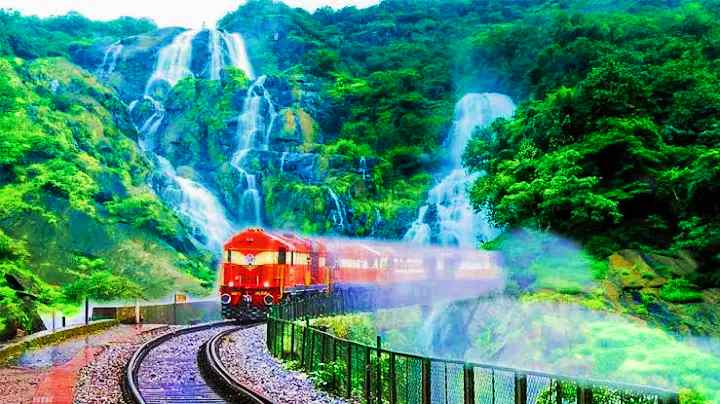


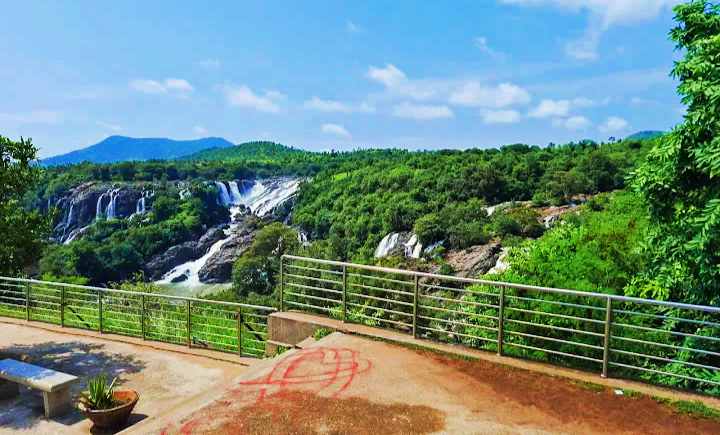












































Reviews
There are no reviews yet.